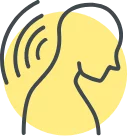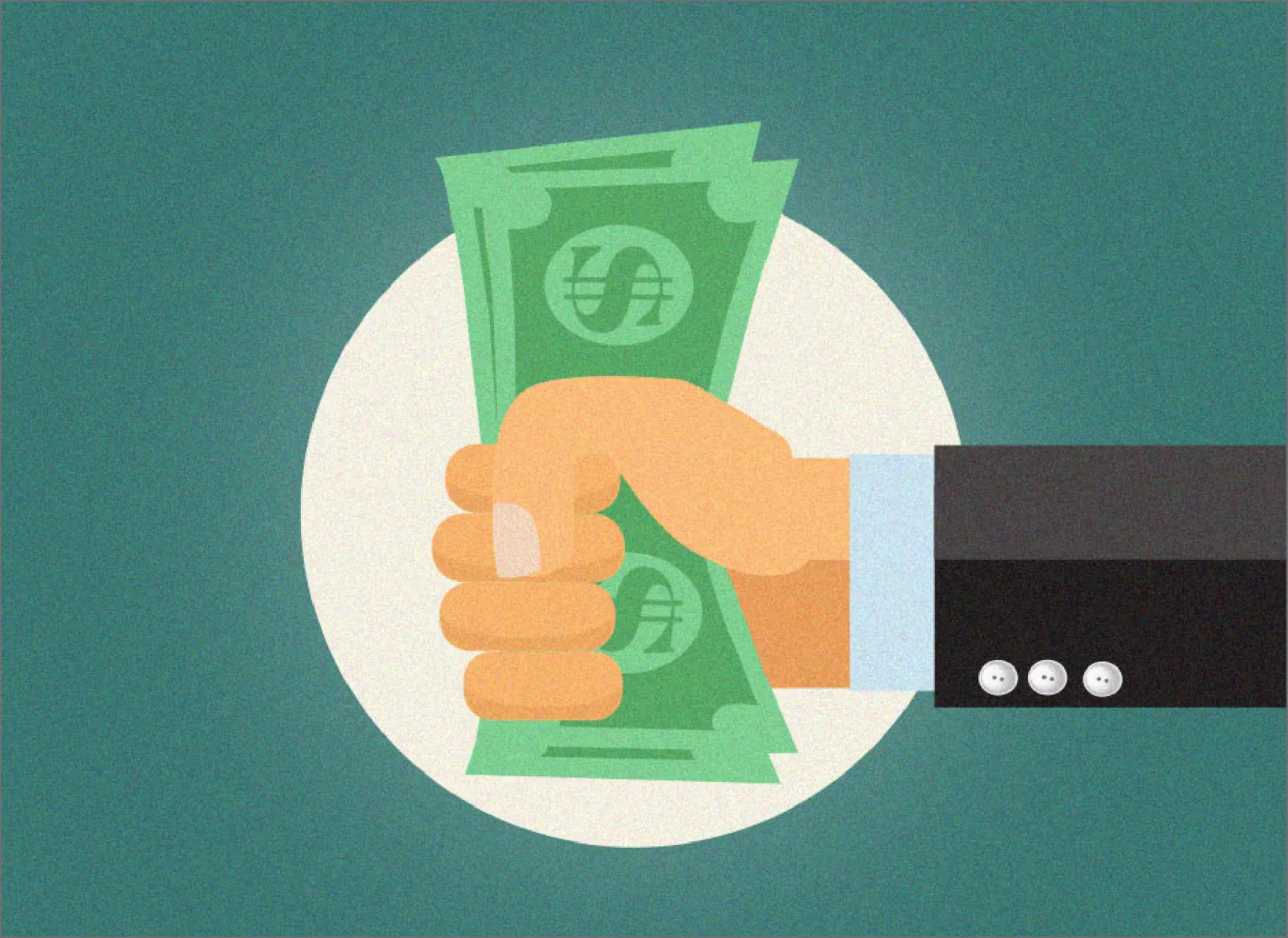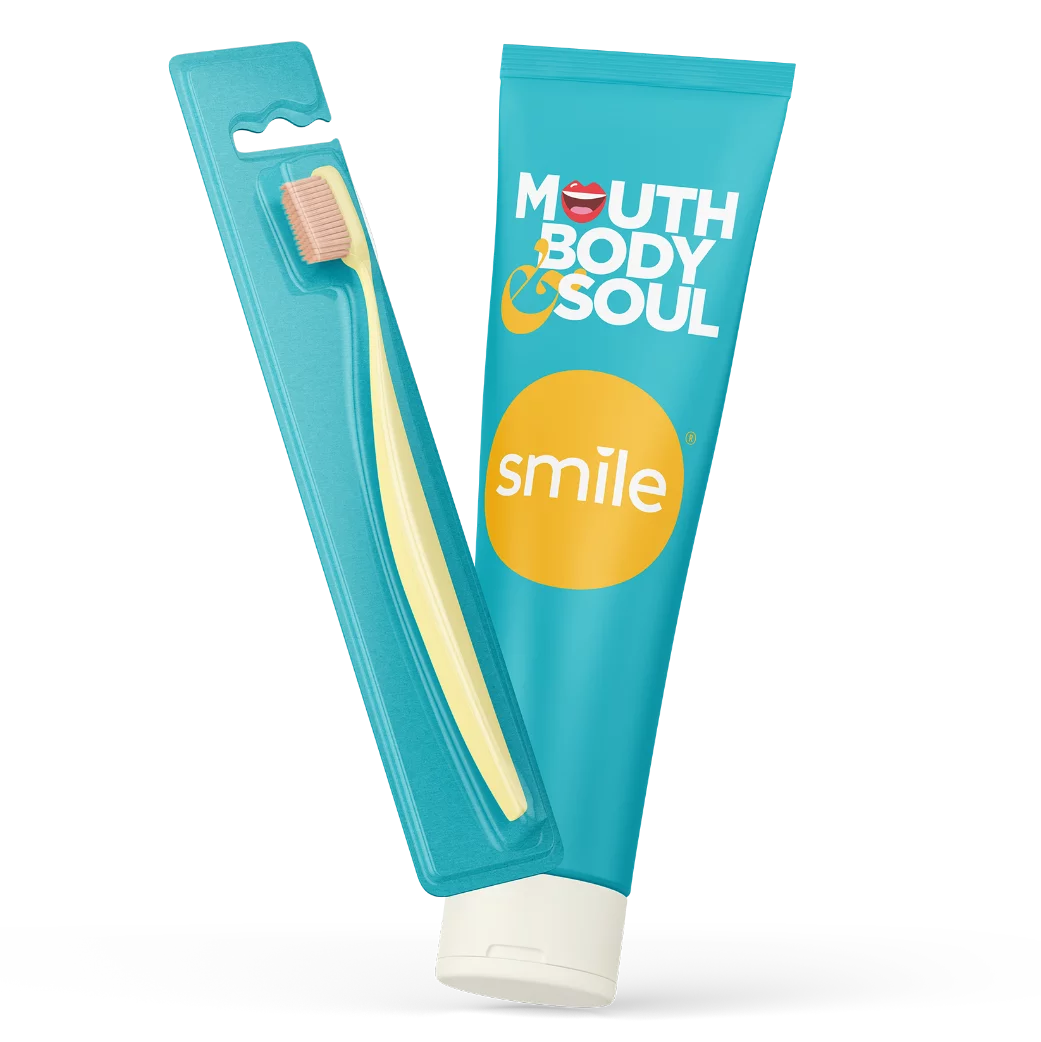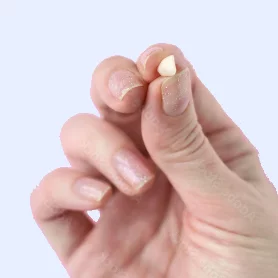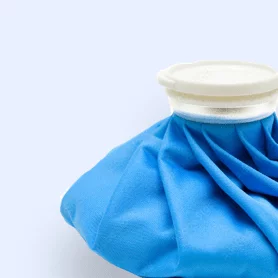The temporomandibular joints (TMJ) play a critical role in functions such as opening and closing the jaw, speaking, chewing, and swallowing. But like other body parts, the TMJ can suffer from a medical condition that can inhibit it from working correctly. The temporomandibular joints connect the lower jaw to the skull. There are two TMJs, one located on each side of the lower jaw.
Temporomandibular disorders (TMD) are medical conditions that affect jaw muscles, temporomandibular joints, and any nerve-related to chronic facial pain. TMDs fall into three (3) main categories.




